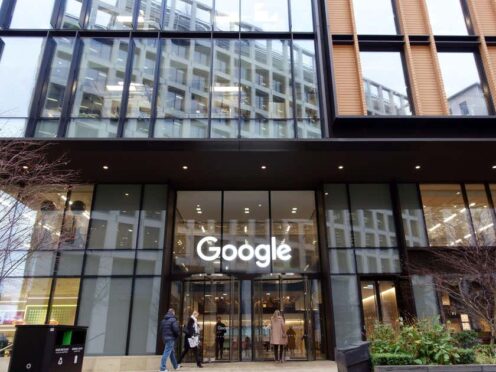Google’s greenhouse gas emissions have risen 48% since 2019, according to the firm’s latest environmental report, driven by the increasing power demands of artificial intelligence (AI).
The tech giant has set itself the goal of reaching net-zero emissions by 2030, but said the increasing amount of energy needed by its data centres to carry out the more intense levels of compute required to power AI services made reducing emissions challenging.
One of the major concerns around AI has been the potential environmental impact of its development, with a recent study by the International Energy Agency (IEA) forecasting that the amount of electricity being used by the world’s data centres in 2022 could double by 2026.
In January, Google committed to investing one billion dollars (£788 million) in the UK to build a new data centre in response to demands around AI.
According to Google’s latest environmental report, in 2023, green house gas emissions from the company were up 13% on 2022, and just under 50% since 2019.
“This result was primarily due to increases in data centre energy consumption and supply chain emissions”, the company’s report said.
“As we further integrate AI into our products, reducing emissions may be challenging due to increasing energy demands from the greater intensity of AI compute, and the emissions associated with the expected increases in our technical infrastructure investment.”
As well as the increasing electricity demands sparked by the rise in demand for AI services, the report also highlighted the stark contrasts in carbon-free energy use in the company’s different data centres around the world.
Google’s data showed that while most of its centres in Europe and the Americas got the majority of their energy from carbon-free sources, centres in the Middle East, Asia and Australia used far less.
“In spite of the progress we are making, we face significant challenges that we’re actively working through,” Google said.
“In 2023, our total GHG (greenhouse gas) emissions increased 13% year-over-year, primarily driven by increased data centre energy consumption and supply chain emissions.
“While we advanced clean energy on many of the grids where we operate, there are still some hard-to-decarbonise regions like Asia-Pacific where CFE (carbon-free energy) isn’t readily available.
“In addition, we often see longer lead times between initial investments and construction of clean energy projects and the resulting GHG reductions from them.”
